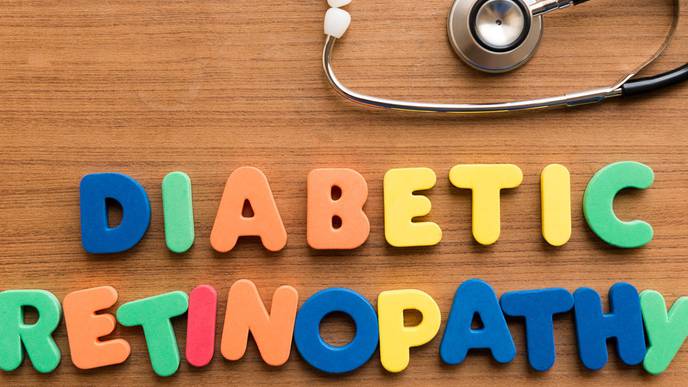ReachMD
Be part of the knowledge.™Dysglycemia Associated with Accelerated Aging Indexed By Retinal Age Gaps

Diabetic retinopathy is a common diabetes complication that affects eyes. At first, diabetic retinopathy is known to cause no symptoms or only mild vision problems. But it can lead to blindness. Recently, retinal age derived from fundus images has been a reliable biomarker of ageing. The retinal age gap, defined as the difference between retina-predicted age and chronological age was an independent predictor for all-cause mortality in the general population.
This current study in Diabetes Research and Clinical Practice aimed to investigate the association between glycemic status and biological age, as indicated by the retinal age gap. Prediabetes and type 2 diabetes were associated with a higher retinal age than normoglycemia. An increase in HbA1c levels was independently associated with higher retinal age gaps among individuals with and without type 2 diabetes.
Abnormal glucose regulation was associated with accelerated aging, as indicated by retinal age gaps, emphasizing the need to achieve and maintain normoglycemia.
The study included a total of 28,919 participants from the UK Biobank study with available glycemic status and qualified retinal imaging data were included in the present analysis. Glycemic status included type 2 diabetes mellitus (T2D) disease status and glycemic indicators of plasma glycated hemoglobin (HbA1c) and glucose. Linear regression models estimated the association of different glycemic status with retinal age gap.
The key findings of the study are
• Prediabetes and T2D was significantly associated with higher retinal age gaps compared to normoglycemia (regression coefficient [β] = 0.25, 95% confidence interval [CI]: 0.11–0.40, P = 0.001; β = 1.06, 95% CI: 0.83–1.29, P < 0.001; respectively).
• Multi-variable linear regressions further found an increase of HbA1c was independently associated with higher retinal age gaps among all subjects or subjects without T2D.
• Significant positive associations were noted across the increasing HbA1c and glucose groups with retinal age gaps compared to the normal level group.
• These findings remained significant after excluding diabetic retinopathy.
Researchers concluded that “Dysglycemia was significantly associated with accelerated ageing indexed by retinal age gaps, highlighting the importance of maintaining glycemic status.”
Reference: Ruiye Chen, Jinyi Xu, Xinyu Zhang et al; Glycemic status and its association with retinal age gap: Insights from the UK biobank study; Published:July 05, 2023 DOI:https://doi.org/10.1016/j.diabres.2023.110817.
Facebook Comments